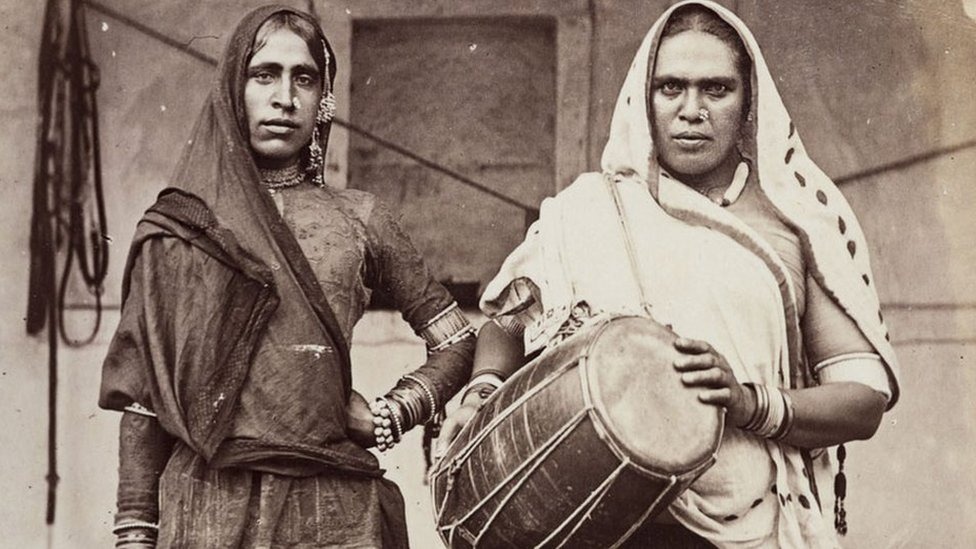The eunuch community, also known as hijras, has been an integral part of Indian society for centuries. However, their history and role in society have often been overlooked, and they have faced discrimination and marginalization. The Indian television show “Shakti: Astitva Ke Ehsaas Ki” has provided an insight into the lives and struggles of the eunuch community in India, and a historical overview of their journey is worth exploring.
Historically, eunuchs were considered an important part of the royal courts in India. They were castrated males who were believed to possess special powers and abilities. They were often employed as servants, soldiers, or guards in the royal courts, and their gender identity was considered fluid. They were neither completely male nor female and were considered to have a unique blend of masculine and feminine qualities.
However, as India became colonized, the British introduced Western concepts of gender and sexuality, which led to the marginalization and criminalization of the eunuch community. The Indian Penal Code of 1861 criminalized homosexuality and any form of non-heteronormative behavior, including the practice of castration. This led to the persecution and discrimination of the eunuch community, who were often forced to live on the fringes of society.
In the early 20th century, eunuchs began to form their own communities and networks. They formed their own hierarchies, with gurus or leaders at the top, and younger eunuchs serving them. They began to organize themselves into groups, often called “hijra bands,” and started to perform at weddings and other social events. They became known for their singing and dancing performances, which often included blessings and curses. Their presence at these events was believed to bring good fortune and fertility, but they were still considered to be on the fringes of society.
During the 1970s and 1980s, the eunuch community started to gain more visibility and recognition. They began to form their own political organizations and started to demand their rights. They became more vocal in their fight against discrimination and started to organize protests and demonstrations. They were instrumental in the fight against Section 377 of the Indian Penal Code, which criminalized homosexuality.
The eunuch community in India today still faces many challenges. They are often discriminated against and marginalized, and they often struggle to find employment or access basic healthcare. Many are forced to resort to begging or sex work to make a living. However, there have been some positive developments in recent years. In 2014, the Indian Supreme Court recognized the eunuch community as a “third gender” and granted them legal recognition. This has been a significant step in the fight against discrimination and has given the eunuch community more visibility and legal protections.
In conclusion, the eunuch community has a rich and complex history in India. They have played an important role in Indian society, but they have also faced discrimination and marginalization. The Indian television show “Shakti: Astitva Ke Ehsaas Ki” has provided an insight into the lives and struggles of the eunuch community, and has helped to raise awareness about the challenges they face. While there is still much work to be done to address the discrimination and marginalization faced by the eunuch community in India, the legal recognition of the “third gender” is a positive step towards a more inclusive and accepting society.
